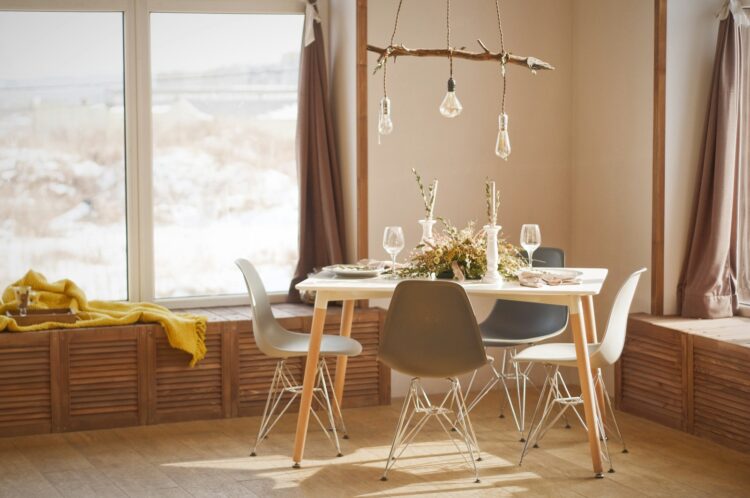
Sometimes love for a place fades quietly. You stop noticing the corners you once adored or the way sunlight lands on the floor. It’s not that your home has changed much—it’s just become background. Falling back in love with it doesn’t take renovations or grand gestures. It’s about small, quiet moments that remind you why you made this space yours in the first place.
Rearrange Just One Thing
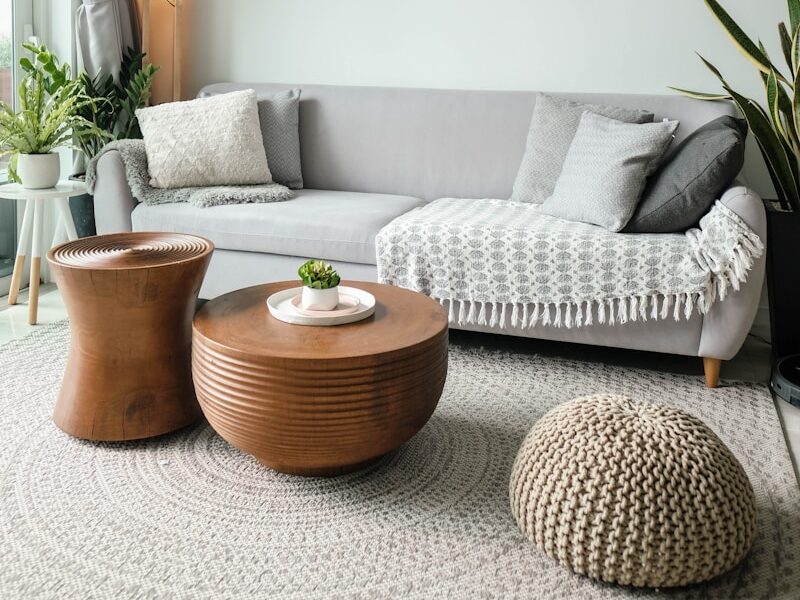
Move one thing—to see what happens. Pull the chair away from its usual spot or slide the rug a few inches to the left. It’s small, but it breaks the routine. You start to notice things you’d stopped seeing—the edge of the window frame, the way the floor catches light. The space feels unfamiliar for a moment, and that’s what makes it interesting again.
Open the Windows for No Reason
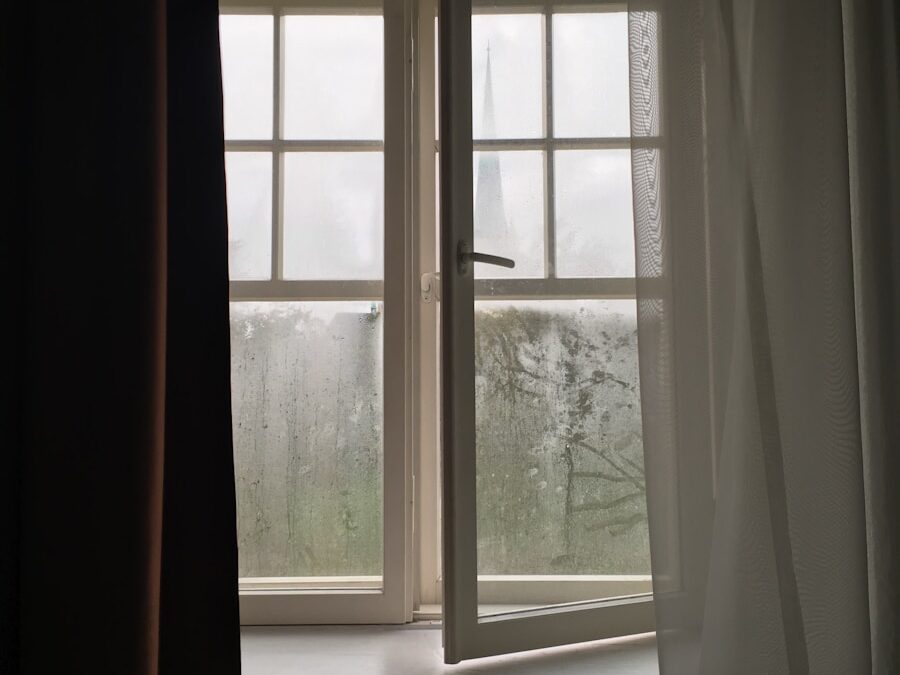
There’s something honest about the smell of outside air. Even if it’s cold, it instantly changes the mood. The curtains move, and the sounds of traffic or birds slip in. Dust settles more slowly when the air moves. You might catch yourself breathing more deeply without even realizing it. It’s small, but the room feels alive again.
Clear a Single Surface
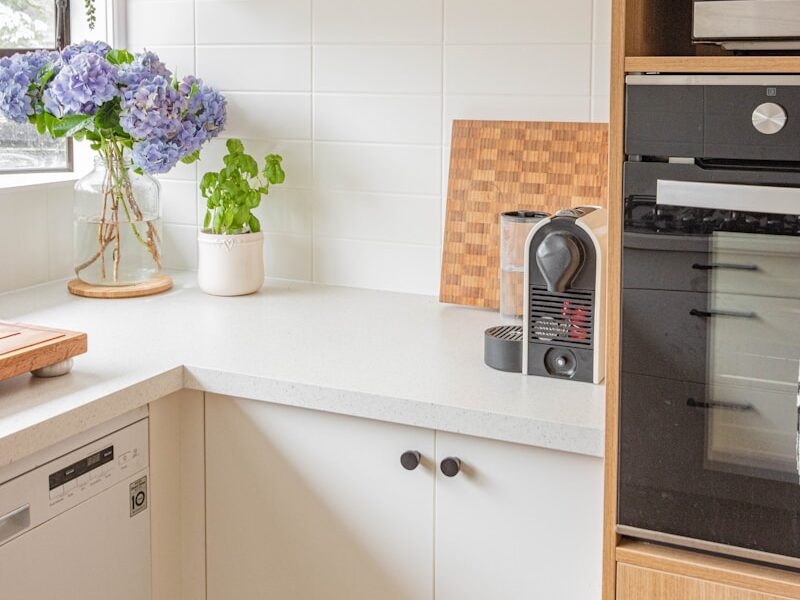
Not the whole room—just one. Maybe the kitchen counter that always holds mail, or the side table near the couch. Wipe it clean, leave only one thing you like: a bowl, a candle, a small plant. It’s strange how one calm surface makes the rest feel lighter. You’ll look at it later and feel a quiet kind of order.
Sit Somewhere You Never Do
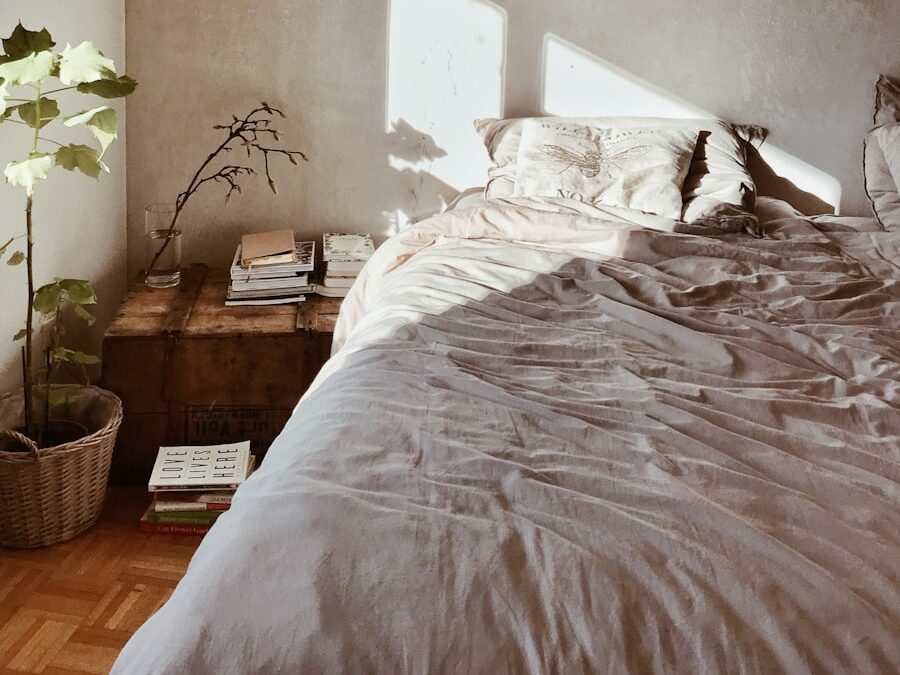
Every home has a spot you overlook. The edge of the bed. The hallway near the front door. Sit there for a few minutes. Notice the view from that angle—the clock, the photos, the uneven paint. It’s not glamorous, but it’s yours. Sometimes a new perspective isn’t found elsewhere but in a seat you forgot existed.
Change the Light
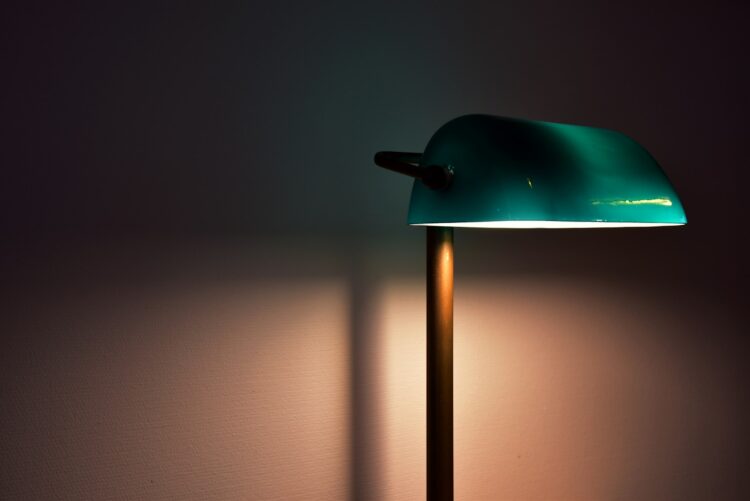
When evening comes, skip the overhead lights. Let the room stay dim and let a small lamp do enough. The colors have changed a little, becoming softer and easier on the eyes. You start noticing things you usually miss—the shape of the curtains, the quiet hum from the fridge. It feels slower, calmer, like the house finally exhaled. You end up doing the same without even meaning to.
Bring Back One Old Thing

Dig out the blanket that used to stay on your couch or the framed photo you took down years ago. Put it back in sight. Nostalgia has its own warmth—it doesn’t demand perfection. You’ll remember why you loved that thing enough to keep it. Old things soften a room. They make it feel lived in again, not staged.
Fix the Thing You Keep Ignoring

The squeaky hinge. The loose drawer handle. That little thing you’ve meant to fix but always forget. It’s amazing how one small repair can change how you feel about an entire room. The space stops nagging you. It feels more at peace. You start noticing what’s right instead of what’s waiting to be done.
Water the Plants Slowly
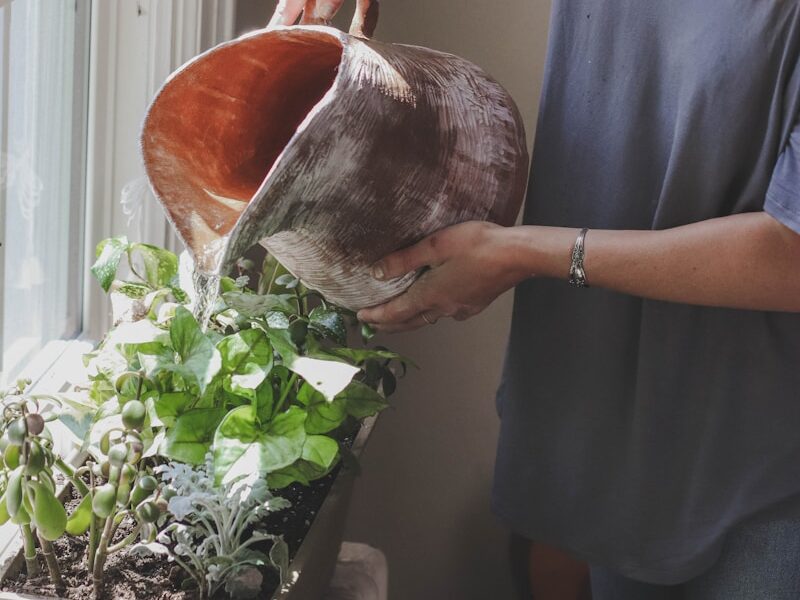
Don’t rush it like another task. Take your time with each pot, let the soil darken, and notice the smell of wet earth. It’s grounded in the simplest way. A leaf might be torn, a stem leaning, but that’s part of its charm. A plant that’s tended to regularly gives proof that care changes things.
Change What You Hear

Turn off the constant background noise and listen to your home breathe. Pipes hum, floors creak, a car passes outside. Those sounds used to comfort you, back before silence started feeling strange. If you want, play music that fits the moment—something soft, nothing you’d skip halfway. The air feels warmer when filled with the sound you choose.
Let One Room Rest
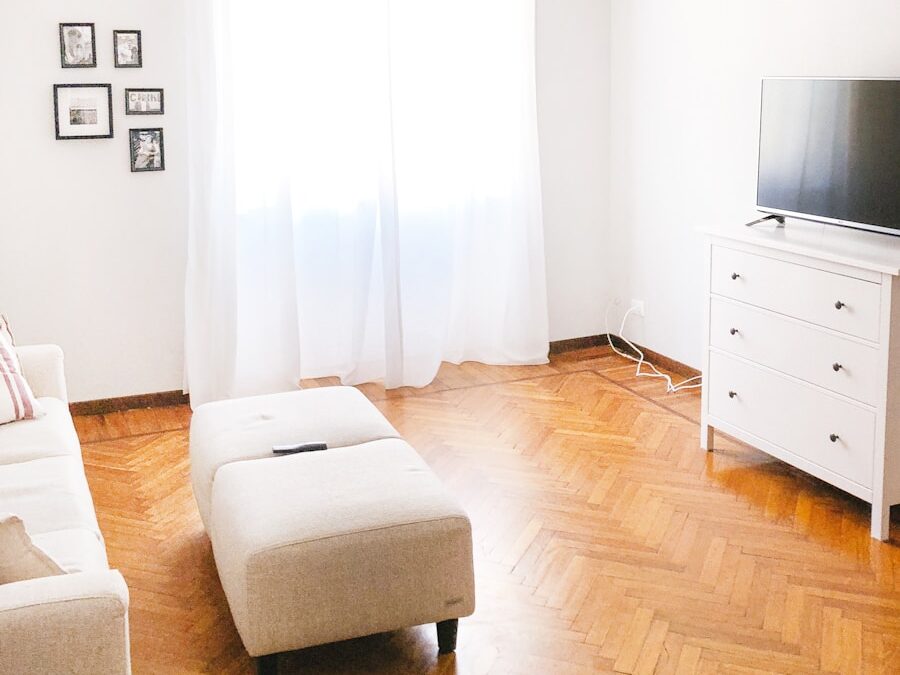
Shut the door on a room you use too often. Don’t straighten it, don’t look inside. Just let it stay untouched for a few days. When you finally open it, the air feels still, almost polite. The light has shifted, dust has gathered, and somehow it feels like time paused there. You remember that stillness has its own kind of beauty, one you don’t notice when everything’s in motion.
Use the Good Things

That candle you’re saving. The plate that feels too nice for a weekday. The blanket you only pull out for guests. Use them for yourself. It’s not wasteful—it’s what they were made for. Ordinary evenings become special in small ways when you stop waiting for perfect occasions. Homes start to glow when they’re fully lived in.
Leave Something Imperfect
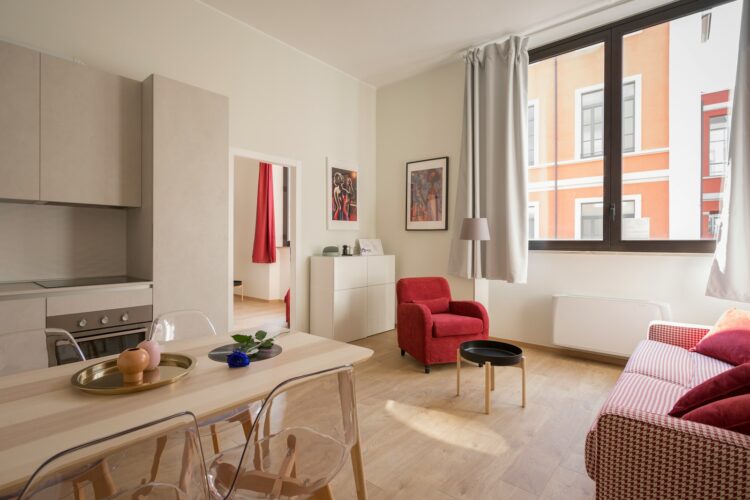
Don’t fix every wrinkle in the cushion or every speck on the floor. Let some signs of life stay. Homes that try to look untouched often feel cold. A book left open or a jacket on a chair says people live here. That small mess carries warmth that spotless rooms can’t replicate. Comfort doesn’t come from control—it comes from presence.
Make a Corner Yours Again
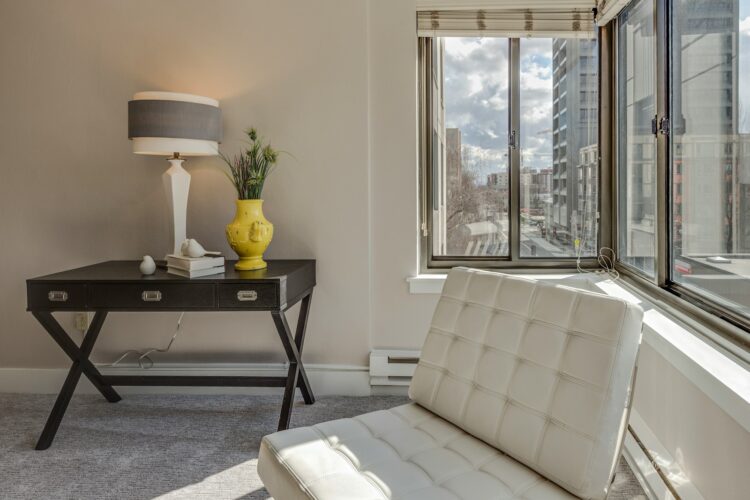
There’s probably a spot you used to love—a windowsill, a desk, a chair that once felt like yours. Clear it off, sit there again, and stay for a while. The old view will feel familiar in a comforting way. Maybe you’ll set down a mug or open a book. It doesn’t need to be special. It just needs to be claimed back, quietly, like a promise you’re keeping to yourself.
Let the Night Feel Like Night
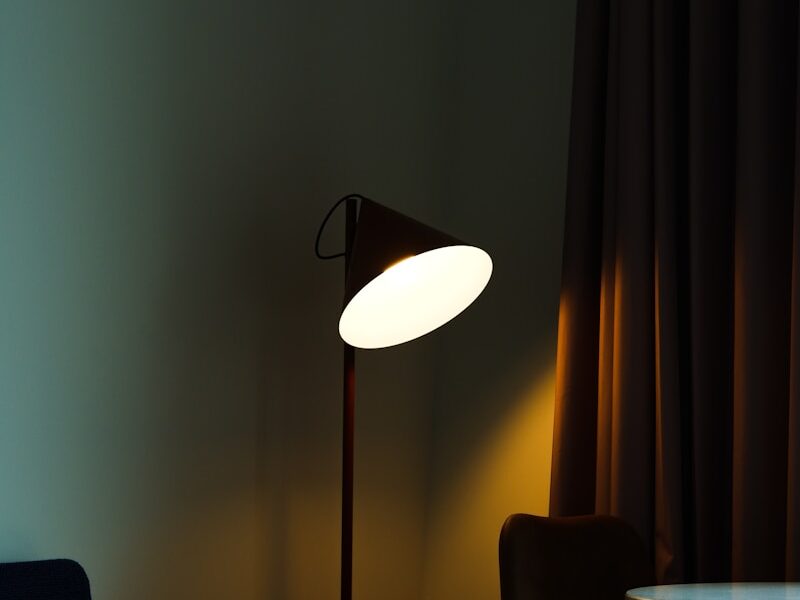
When the day ends, don’t fight the dark. Leave a lamp on low, maybe near the hallway. Open a window just enough to hear something real—a car passing, a stray dog, a faint hum from the streetlight. The quiet grows thicker when you stop trying to fill it. You start noticing how the house settles, too, like it’s tired in the same way you are.
Notice What’s Stayed the Same
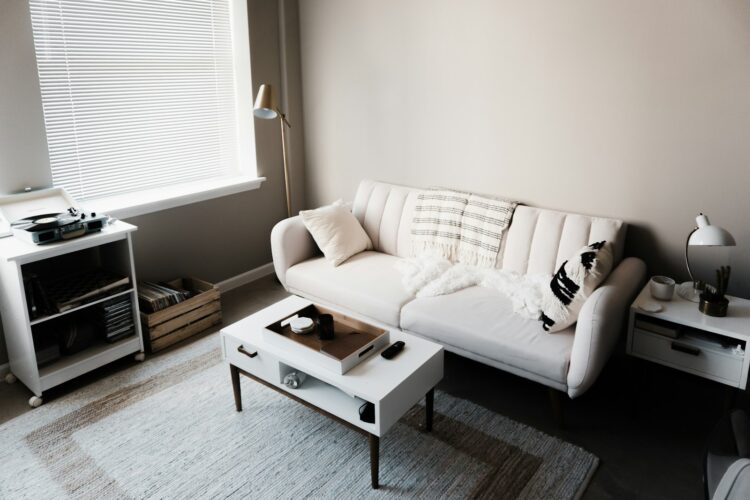
There are things you stopped seeing—the mark from moving the old couch, the uneven floor near the door, the rug that’s been there longer than you thought. They’re small, steady witnesses to your life here. You’ve changed so many times, but they’ve stayed. When you start paying attention to those quiet constants, the house stops feeling ordinary. It feels like something that’s been keeping track all along.

